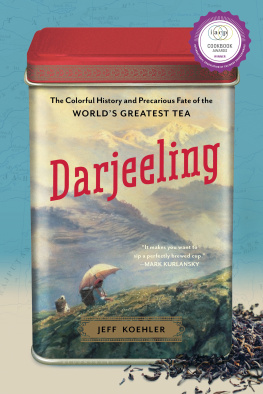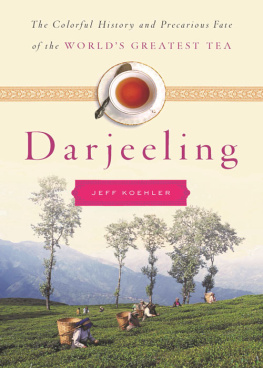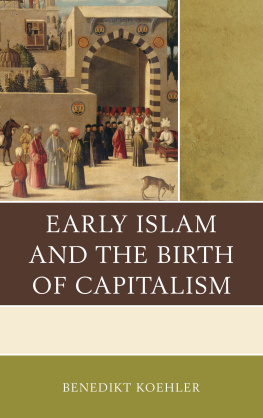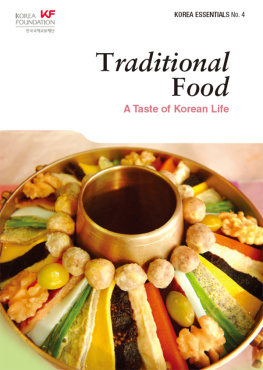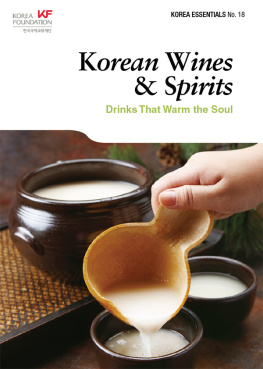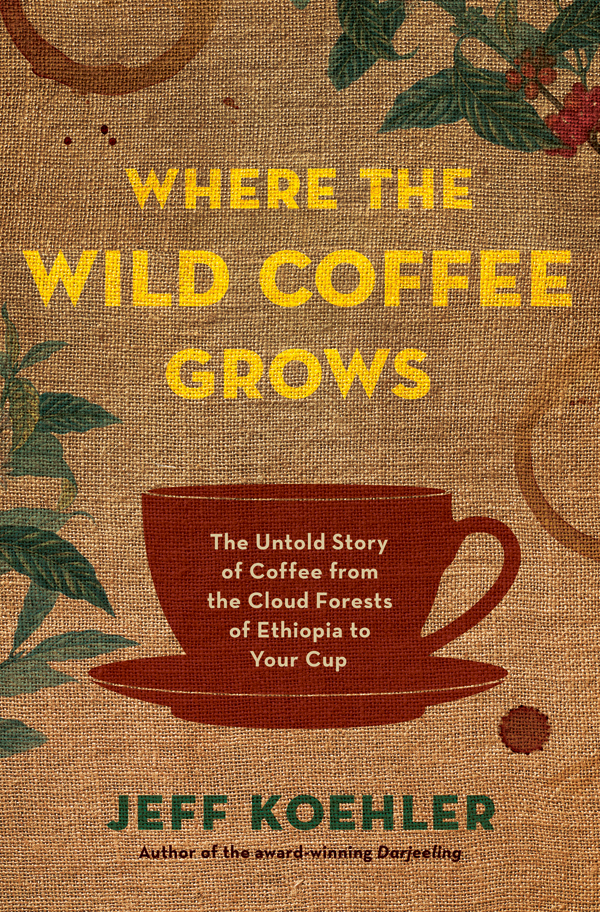Contents
Guide
Pagebreaks of the print version


For my maternal grandparents, Joe and Ione, who taught me to begin each day with a scalding pot of coffee, and in memory of my paternal ones, Bob and Edith, whose stories of Ethiopia inspired me to go to see the country myself for the first time twenty years ago.
As well, for a dozen friends who remind me that lifes most memorable moments tend to be quiet ones and usually happen over (good) coffee.
By the same author
Darjeeling: The Colorful History and Precarious Fate of the Worlds Greatest Tea
Spain: Recipes and Traditions
Morocco: A Culinary Journey with Recipes
Rice, Pasta, Couscous: The Heart of the Mediterranean Kitchen
La Paella: Deliciously Authentic Rice Dishes from Spains Mediterranean Coast


Contents


SPELLING
The transliteration of words from Amharic, Arabic, and Kafinoonoo are phonetic and generally lack standardized spelling. Differences tend to be minor but numerousfrom Kafa (Kaffa, Keffa, Kefa), Mocha (al-Makha, Mokka, Mokha), and Shawa (Shewa, Shoa) to the more than a dozen ways to spell Muhammad. I have kept the spelling of the original when quoting, but elsewhere followed the form that seems to me to be the most widely accepted. For Arabic words, I have left off macrons and subscript dots.
ETHIOPIAN NAMES
In Ethiopia, a second name is the fathers first name rather than the family name. For Ethiopians, then, I have used both names on first occurrence in a chapter, and the first rather than second name thereafter.
ABYSSINIA
Abyssinia is often used as a synonym for Ethiopia and was popular usage in Europe in the past. Historically, it refers to the ancient kingdom on the central plateau, while Ethiopia more succinctly means the modern empire created by Menelik II at the closing of the nineteenth century. To avoid confusion, I have used Ethiopia throughout, except when quoting.
ABBREVIATIONS
AFS | Agro-Forestry System |
CATIE | Centro Agronmico Tropical de Investigacin y Enseanza (Tropical Agricultural Research and Higher Education Center) |
CBD | coffee berry disease |
CIRAD | Centre de Coopration Internationale en Recherche Agronomique pour le Dveloppement (Center for International Cooperation in Agricultural Research for Development) |
FAO | United Nations Food and Agriculture Organization |
HT or HdT | Hbrido de Timor or Timor hybrid, a spontaneous hybrid between Arabica and Robusta |
IRD | Institut de Recherche pour le Dveloppement (Research Institute for Development) |
JARC | Jimma Agricultural Research Center |
NABU | Nature and Biodiversity Conservation Union, a German conservation charity |
NGO | nongovernmental organization |
ORSTOM | Office de la Recherche Scientifique et Technique Outre-Mer (Office of Scientific and Technical Research Overseas), precursor to IRD |
PFM | Participatory Forest Management |
SCAA | Specialty Coffee Association of America |
VOC | Verenigde Oostindische Compagnie (Dutch East India Company) |
UNESCO | United Nations Educational, Scientific and Cultural Organization |
USDA | United States Department of Agriculture |
WCR | World Coffee Research |
Asking for an after-lunch coffee at the popular Kofi Laande Hoteeloaka Coffeelandin Kafas regional capital of Bonga is not as simple as placing an order at Starbucks and stepping over to the pickup counter. And the woman preparing it is certainly far more than what that chain calls a barista. Sitting on a low stool in the corner of the restaurant-bar, she had sorted, cleaned, and then roasted the green coffee beans on a wide, lipless metal disk over a brazier of embers, moving them around with a hooked piece of metal until deep, glossy brown. Once they had cooled, she pounded the fragrant beans with a steel rod in a wooden mortar made from a hollowed log. Curling a piece of woven mat in her palm, she funneled the grounds into the narrow neck of the bulbous terra-cotta coffeepot called a jebena that was simmering on a brazier beside her.
Two dozen handleless demitasse cups with slightly flared lips crowded a low round table in front of her. On the cement floor beneath it, she had fanned out reedy grasses and arranged a handful of yellow and red blossoms. Nature, she said, had to be present, and the greens and flowers had come from the forest, where the spirits live. Wisps of smoke curled up from a smoldering dish of waxen incense, a blend of myrrh and local frankincense that recalled gloomy ancient churches and brought Orthodox sacredness into the preparations, too.
Preparing and drinking coffee is so stylized in Ethiopia that the process is known as a coffee ceremony, a slow ritual with requisite tools and a dozen unvarying steps. This was the shortened version.
It was a Friday, one of the weeks two fasting days, and lunch after a morning deep inside the cloud-shrouded forests of southwestern Ethiopia consisted of dollops of a dozen different legumes and vegetables atop spongy injera flatbread. The rattan blinds of Coffeeland had been rolled up, filling the room with glare and gusts of breeze that heralded another lashing sweep of unseasonable rain.
The isolated highlands of Kafa are a mosaic of deep valleys, dense forests, and hamlets of as one Kafa resident put it.
Ethiopia scarcely receives more than a sentence or two in the histories of coffee, and Kafathe place that arguably gave everywhere outside Ethiopia its name for the drinkrarely gets any mention at all. Kafa is home to the worlds original coffee culture, yet remains virtually unknown.
The long-held, and often still-believed, narrative that Arabica coffeethe most prevalent and superior of the two main species of coffee cultivated todaycame from Arabia is wrong. It came from the southwestern cloud forests a few hundred miles from Addis Ababa. Finding coffees origin story requires a journey into those forests. Not only did the Arabica coffee plant originate here, but so did coffee drinking. Historians generally credit Arabs or Sufi monks with developing and refining the brewing process, or even inventing it. Yet those living in and around the forests where coffee grew wild undoubtedly were the first to prepare it.

